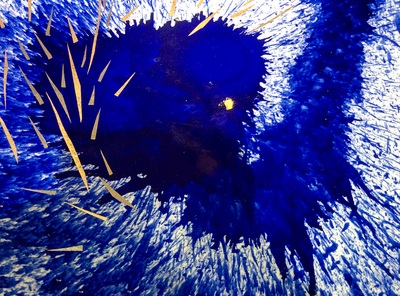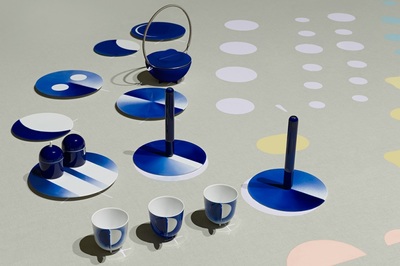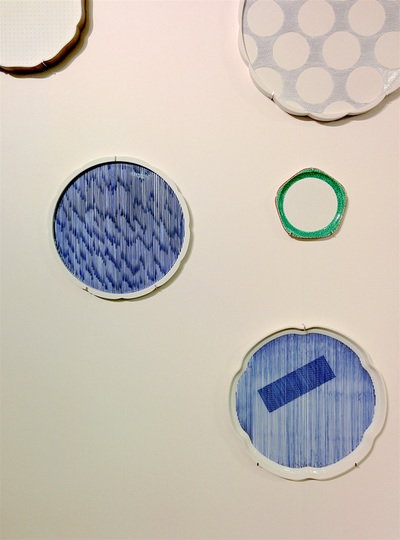| | This year, Japan celebrates the 400th anniversary of Arita’s porcelain industry. Arita, located in Kyushu island is among the most famous pottery production centers in Japan. Throughout the year, many events are organized to commemorate this special date. Recently in Tokyo, two different exhibitions showcased Arita’s ware. The first one, held in Isetan in Shinjuku, showed classical Arita ware. Antique and modern pieces were exhibited together. These were beautiful examples of the typically painted plates and cups, but also bolder and definitely more contemporary work such as Kashiwa Sato’s “Dissimilar” series, using the unmistakable blue pigments with gold accents. If you’re curious, most of the contemporary objects exhibited in Isetan can be found on the 400th anniversary’s website. The second exhibition was held at Seibu in Shibuya and exhibited collaboration works between Arita’s manufacturing companies and international designers such as Scholten and Baijings, Stefan Diez and Kirstie Van Noort. You can find the full list on the official website. |
This collaboration resulted in the creation of the brand 2016/. There, the pieces were definitely contemporary with an obvious focus on forms and uses. As I was looking at these pieces I realized I could have never known these were made in Arita.
To me, this raises interesting questions: in Japan, Arita ware is easily identifiable because of its unique styles (you can read more about it in my previous blog post). But in collaborating with foreign designers, it becomes impossible to connect the finished product with the place of production. While there are obvious benefits in sharing the knowledge and skills, I wonder how Arita’s identity will evolve in the future.
In an effort to relaunch the production in Arita, which has struggled against foreign competition these past decades, Saga prefecture’s officials are earnestly promoting Arita ware internationally.
This campaign, called “Episode 2” aims at shaping Arita’s future as a porcelain production center for the next 100 years:
To me, this raises interesting questions: in Japan, Arita ware is easily identifiable because of its unique styles (you can read more about it in my previous blog post). But in collaborating with foreign designers, it becomes impossible to connect the finished product with the place of production. While there are obvious benefits in sharing the knowledge and skills, I wonder how Arita’s identity will evolve in the future.
In an effort to relaunch the production in Arita, which has struggled against foreign competition these past decades, Saga prefecture’s officials are earnestly promoting Arita ware internationally.
This campaign, called “Episode 2” aims at shaping Arita’s future as a porcelain production center for the next 100 years:
This ambitious project “will focus on a variety of projects under 3 key concepts: innovation, branding and nurturing creators” .
Arita Episode 2 by Saga prefecture
If you want to learn more about what this Episode 2 is about, I highly recommend you visit the official website which lists all undergoing projects as well as a very interesting series of articles filed under “Topics”.




